Post တစ်ပုဒ်ထဲမှာ math loading (rendering) ကြာနေသောကြောင့် နှစ်ပိုင်း ခွဲလိုက်ရပါတယ်။
- If $p^{\text {th }}, q^{\text {th }}$ and $r^{\text {th }}$ term of an A.P. are $a, b, c$ respectively, then show that $(a-b) r$ $+(b-c) p$ $+(c-a) q=0$.
- Show that the sum of $(m+n)^{\text {th }}$ and $(m-n)^{\text {th }}$ term of an A.P is equal to twice the $m^{\text {th }}$ term.
- If $(m+1)^{\text {th }}$ term of an AP is twice the $(n+1)^{\text {th }}$ term, prove that $(3 m+1)^{\text {th }}$ term is twice the $(m+n+1)^{\text {th }}$ term.
- The digits of a positive integer having three digits are in A.P. The sum of the digits is 15 and the number obtained by reversing the digits is 594 less than the original number. Find the number.
- If $\dfrac{b+c-a}{a}, \dfrac{c+a-b}{b}, \dfrac{a+b-c}{c}$ are in A.P., then prove that $\dfrac{1}{a}$, $\dfrac{1}{b}$, $\dfrac{1}{c}$ are in A.P.
- If $a, b, c$ are in A.P., then prove that $(a-c)^{2}=4\left(b^{2}-a c\right)$.
- If $a, b, c$ are in A.P., then prove that $b+c, c+a, a+b$ are also in A.P.
- If $a, b, c$ are in A.P., then prove that $\dfrac{1}{b c}$, $\dfrac{1}{c a}$, $\dfrac{1}{a b}$ are also in A.P.
- If $a, b, c$ are in A.P., then prove that $(b+c-a)$,$(c+a-b)$,$(a+b-c)$ are in AP.
- If $a, b, c$ are in A.P., then prove that $a^{2}(b+c)$, $b^{2}(c+a)$, $c^{2}(a+b)$ are also in A.P.
- If $a, b, c$ are in A.P., then prove that $b c-a^{2}$, $c a-b^{2}$, $a b-c^{2}$ are in AP.
- If $a, b, c$ are in A.P., then prove that $\dfrac{1}{\sqrt{b}+\sqrt{c}}$, $\dfrac{1}{\sqrt{c}+\sqrt{a}}$, $\dfrac{1}{\sqrt{a}+\sqrt{b}}$ are also in A.P.
- If $a, b, c$ are in A.P., then prove that $a\left(\dfrac{1}{b}+\dfrac{1}{c}\right)$, $b\left(\dfrac{1}{c}+\dfrac{1}{a}\right)$, $c\left(\dfrac{1}{a}+\dfrac{1}{b}\right)$ are also in A.P.
- If $a^{2}, b^{2}, c^{2}$ are in A.P., then prove that $\dfrac{1}{b+c}$, $\dfrac{1}{c+a}$, $\dfrac{1}{a+b}$ are also in A.P.
- If $a^{2}$, $b^{2}$, $c^{2}$ are in A.P., then prove that $\dfrac{a}{b+c}$, $\dfrac{b}{c+a}$, $\dfrac{c}{a+b}$ are also in A.P.
- If the $m^{\text {th }}$ term of an A.P. is $\dfrac{1}{n}$ and $n^{\text {th }}$ term is $\dfrac{1}{m}$, then show that $u_{m n}=1$.
- If the $p^{\text {th }}$ term of an A.P. is $q$ and the $q^{\text {th }}$ term is $p$, find its $n^{\text {th }}$ term in terms of $p, q$ and $n$.
- If $\log _{10} 2, \log _{10}\left(2^{x}-1\right)$ and $\log _{10}\left(2^{x}+3\right)$ are three consecutive terms of an A.P., find the value of $x$.




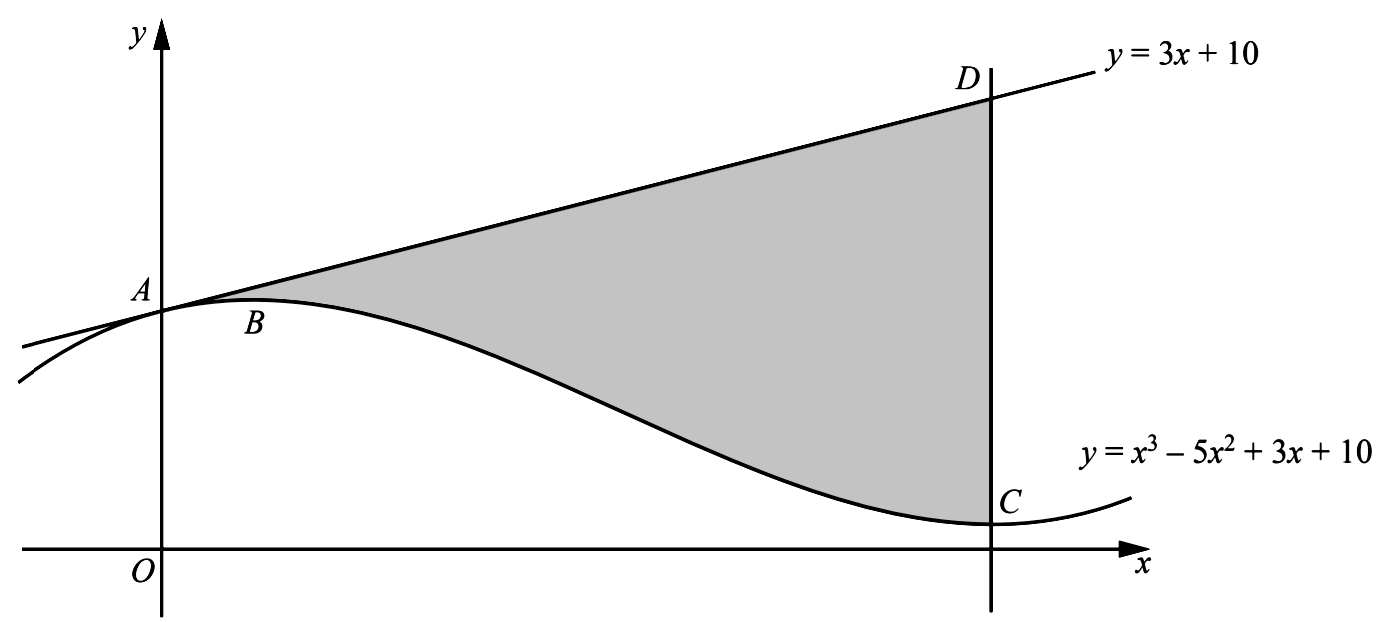
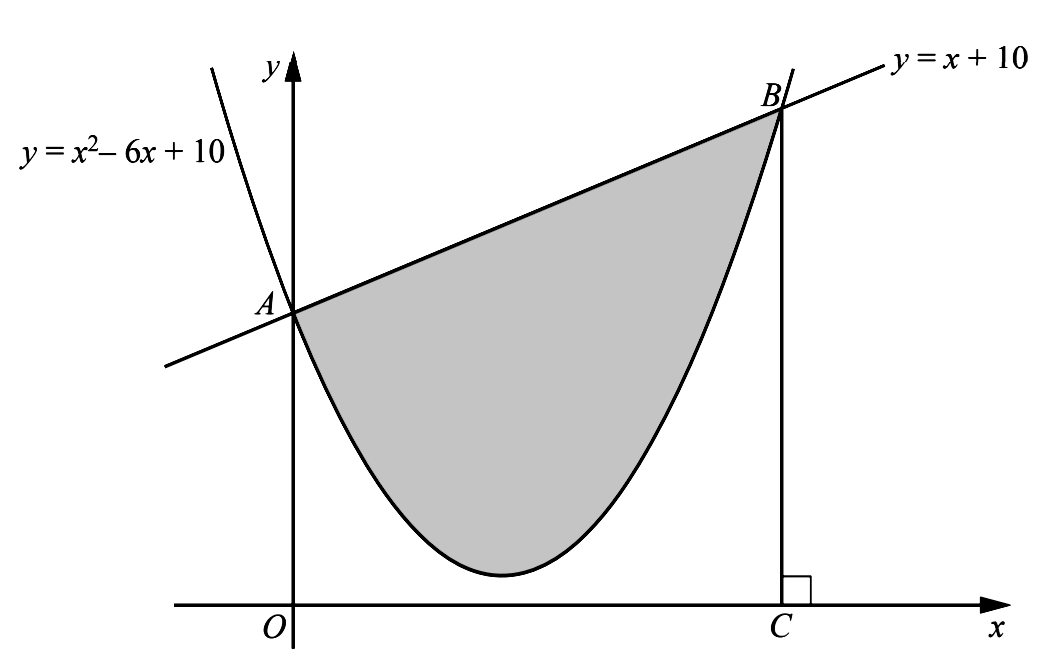
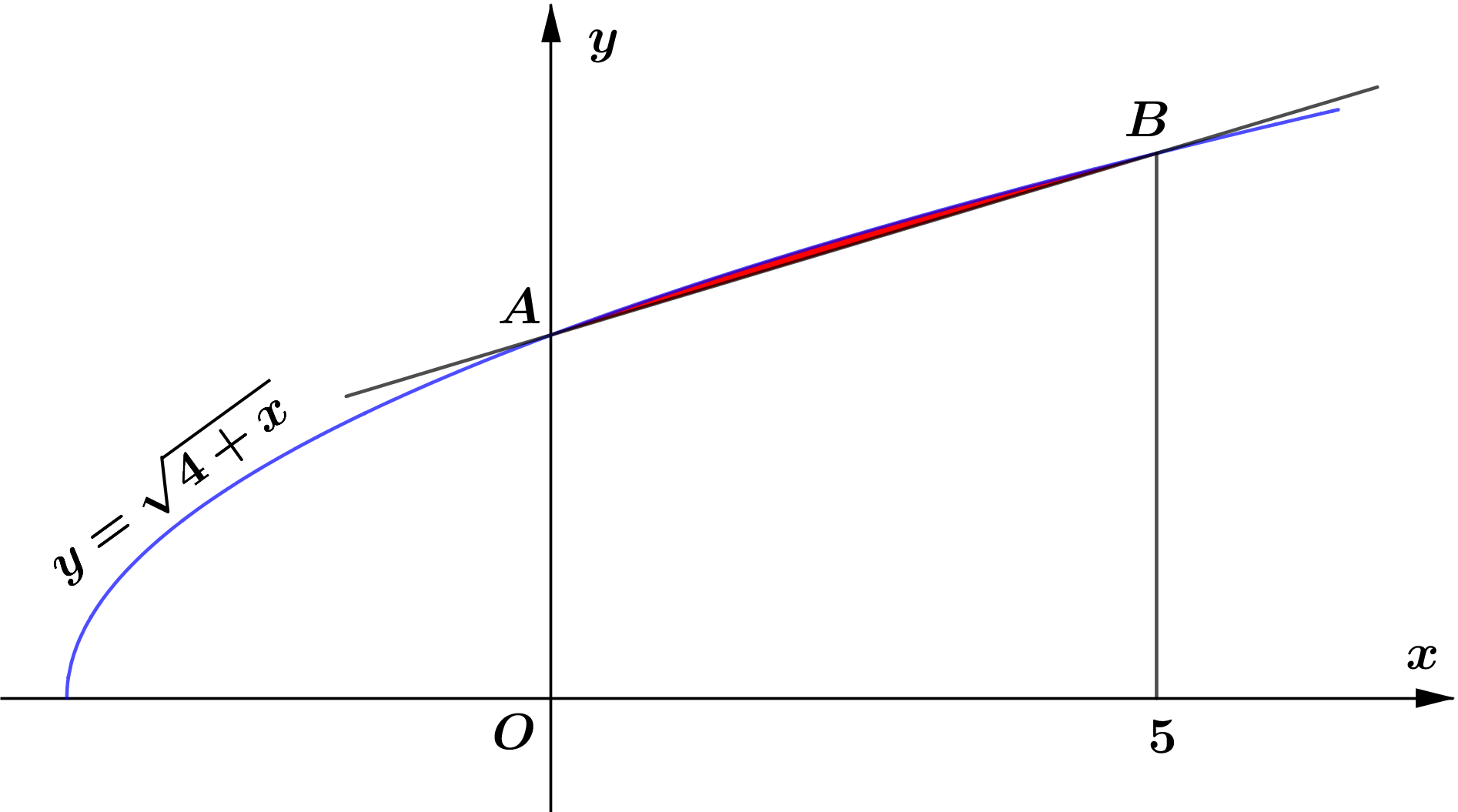
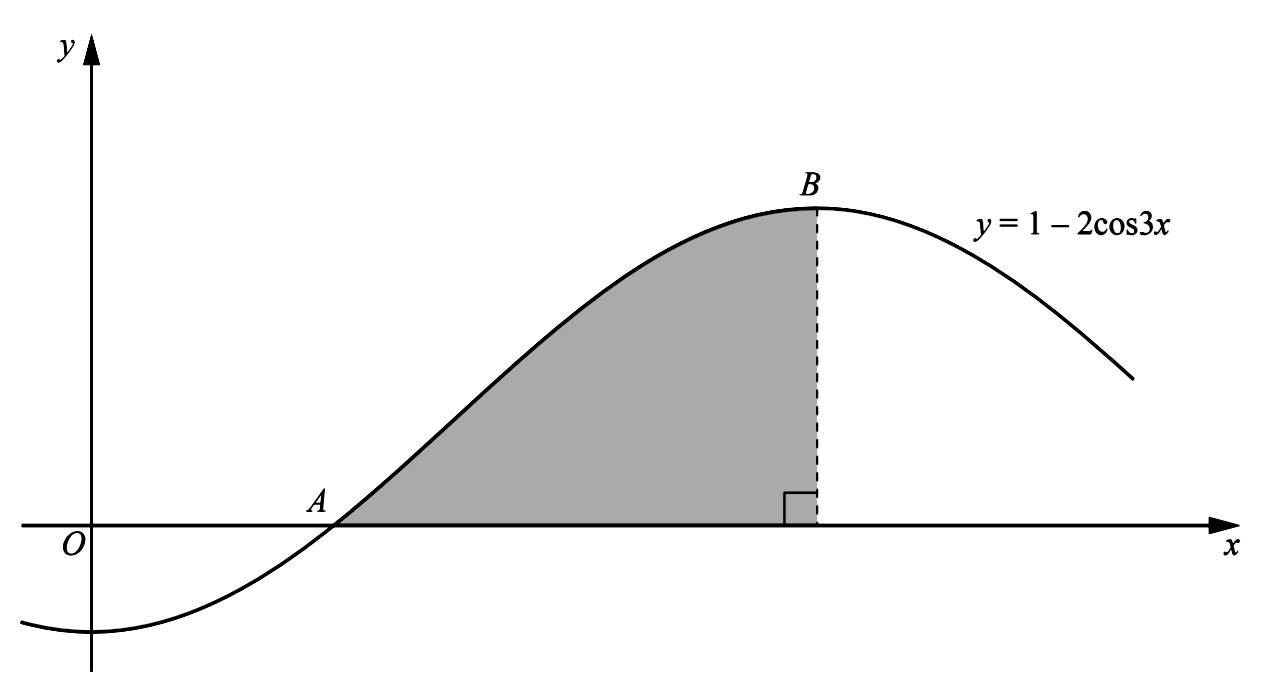
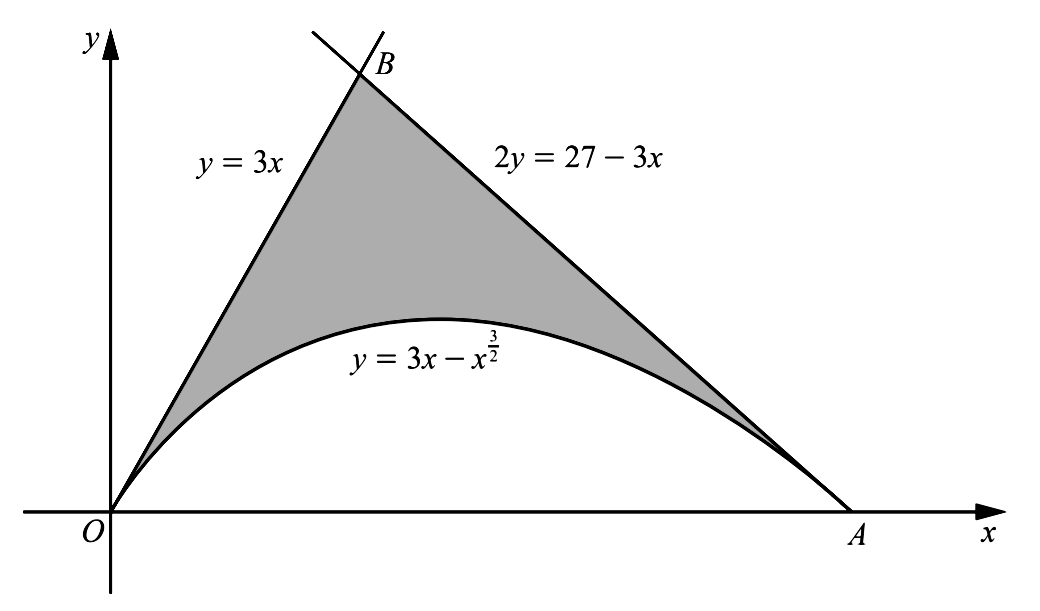
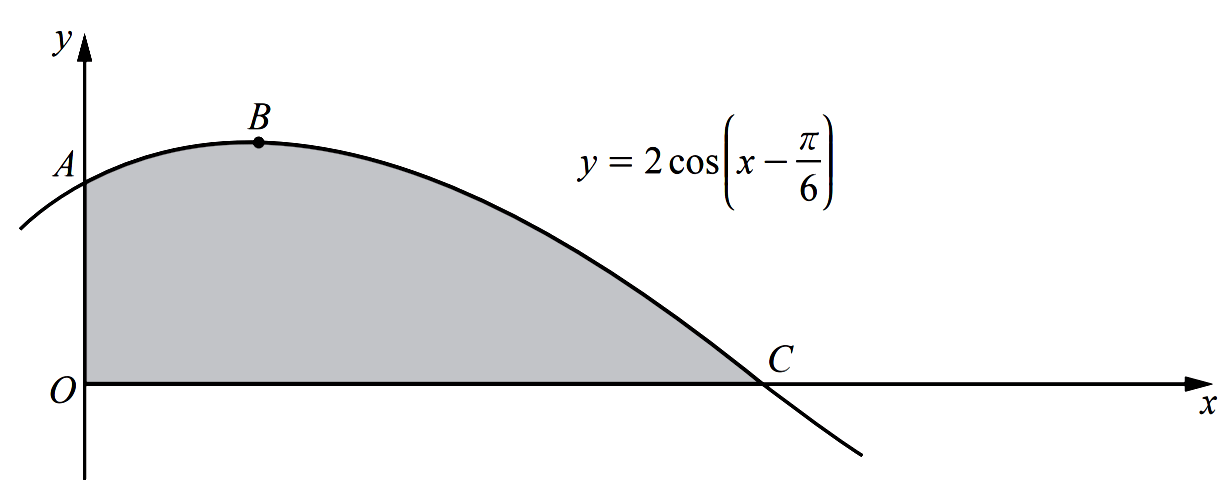
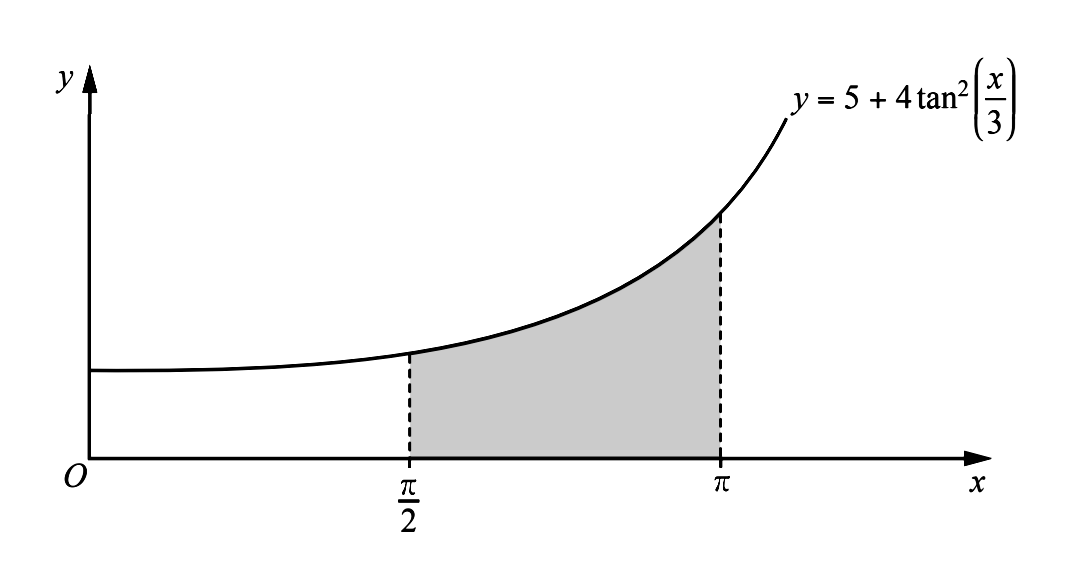
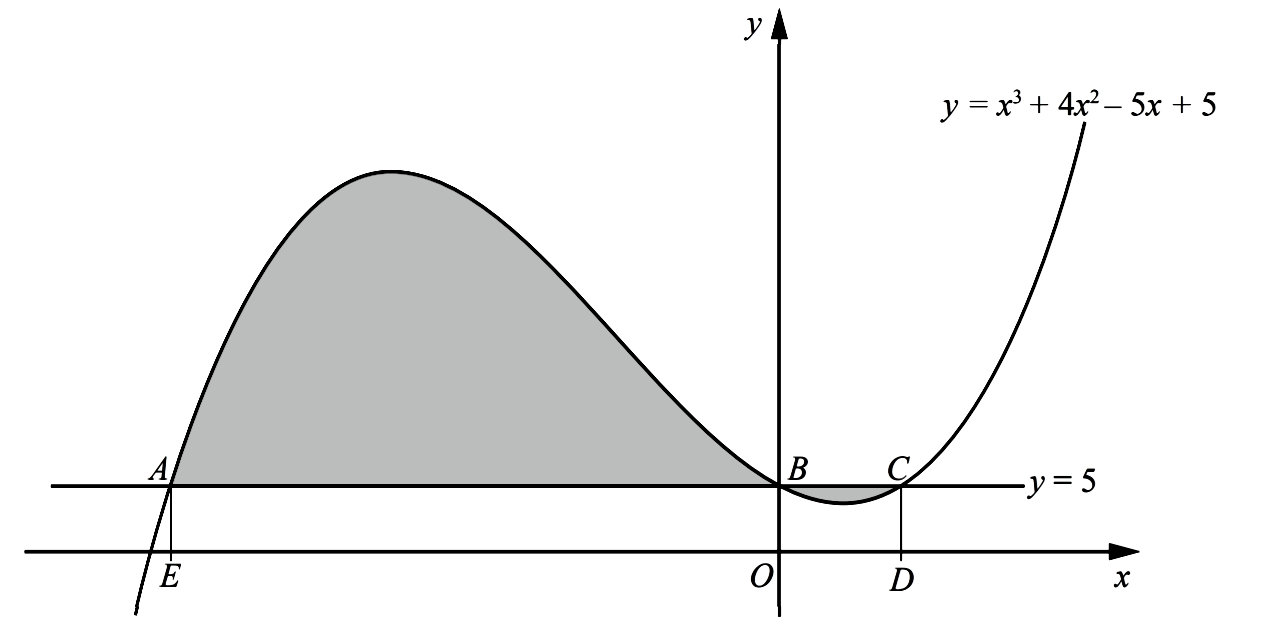
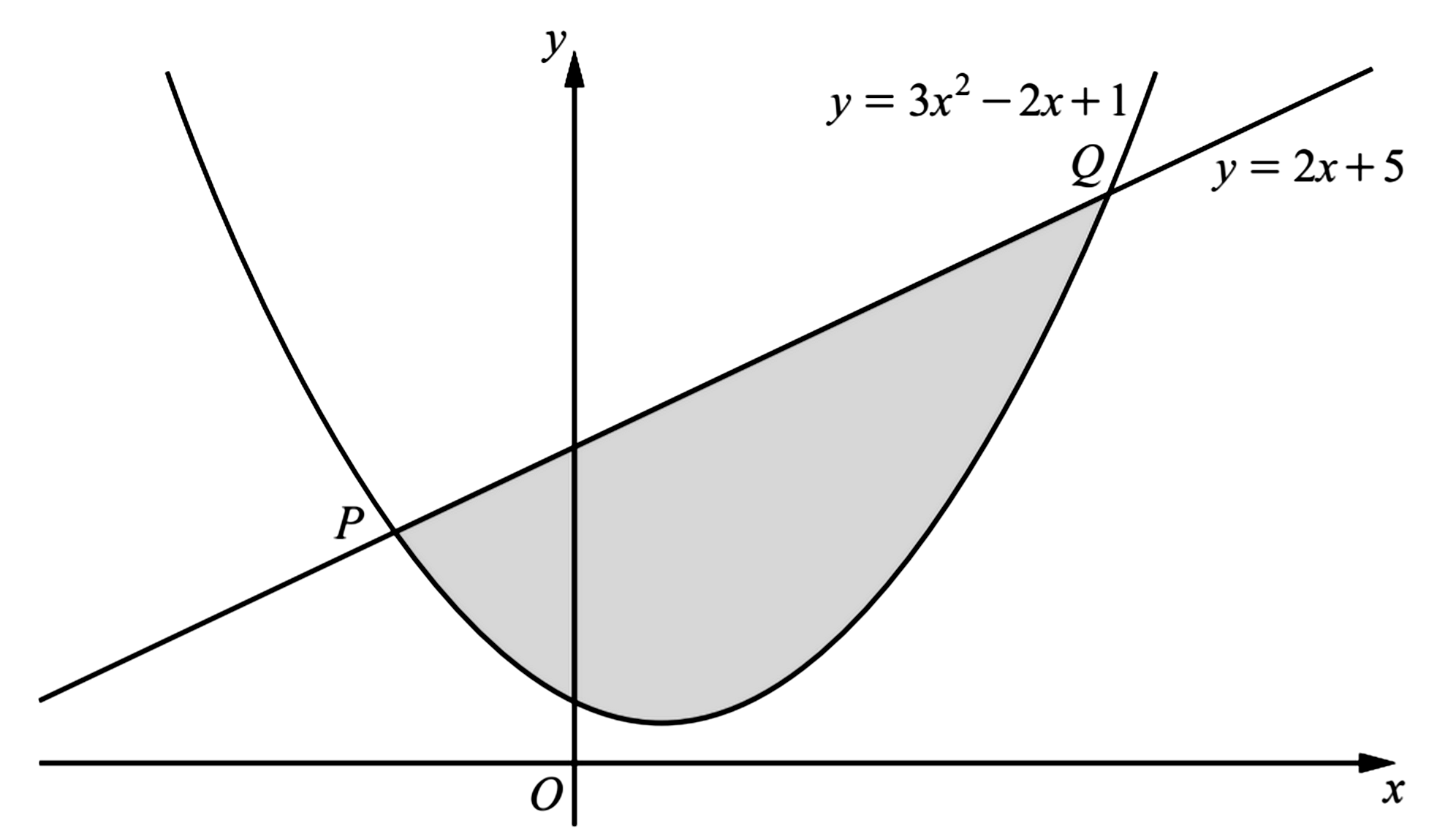
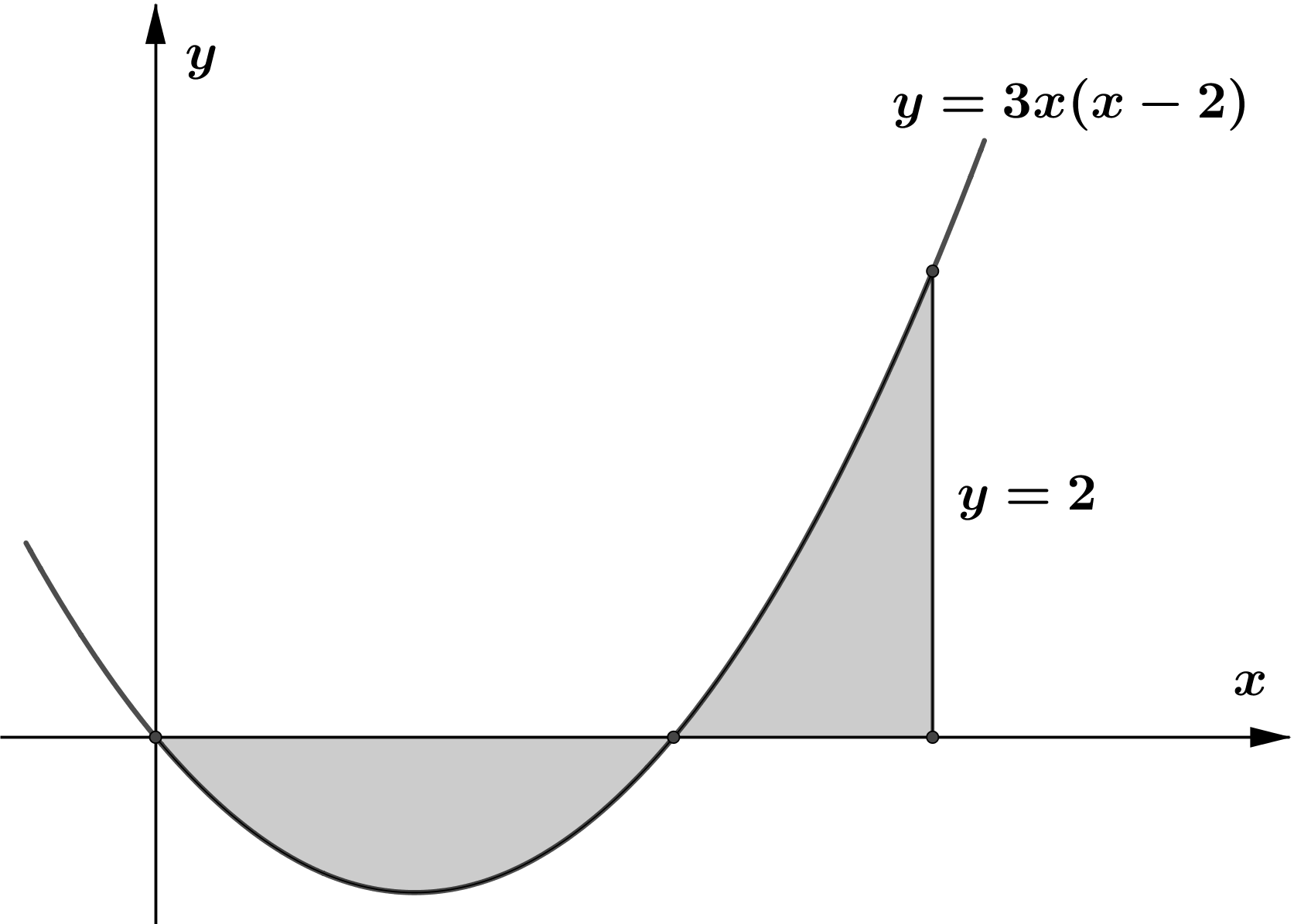
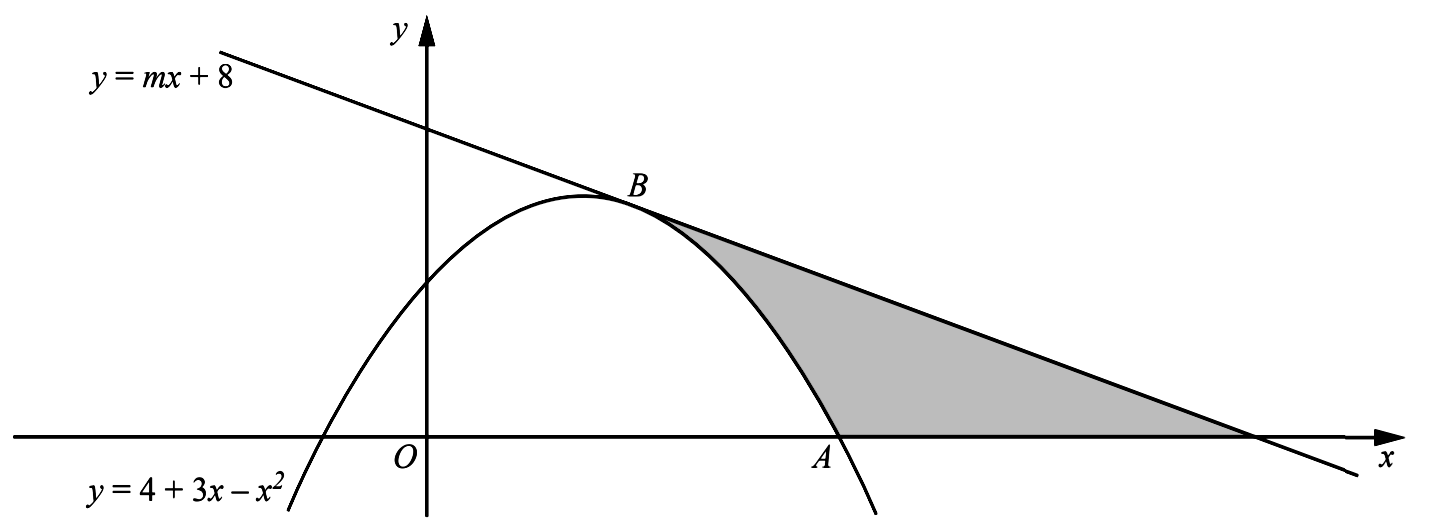
.png)

.png)
.png)










